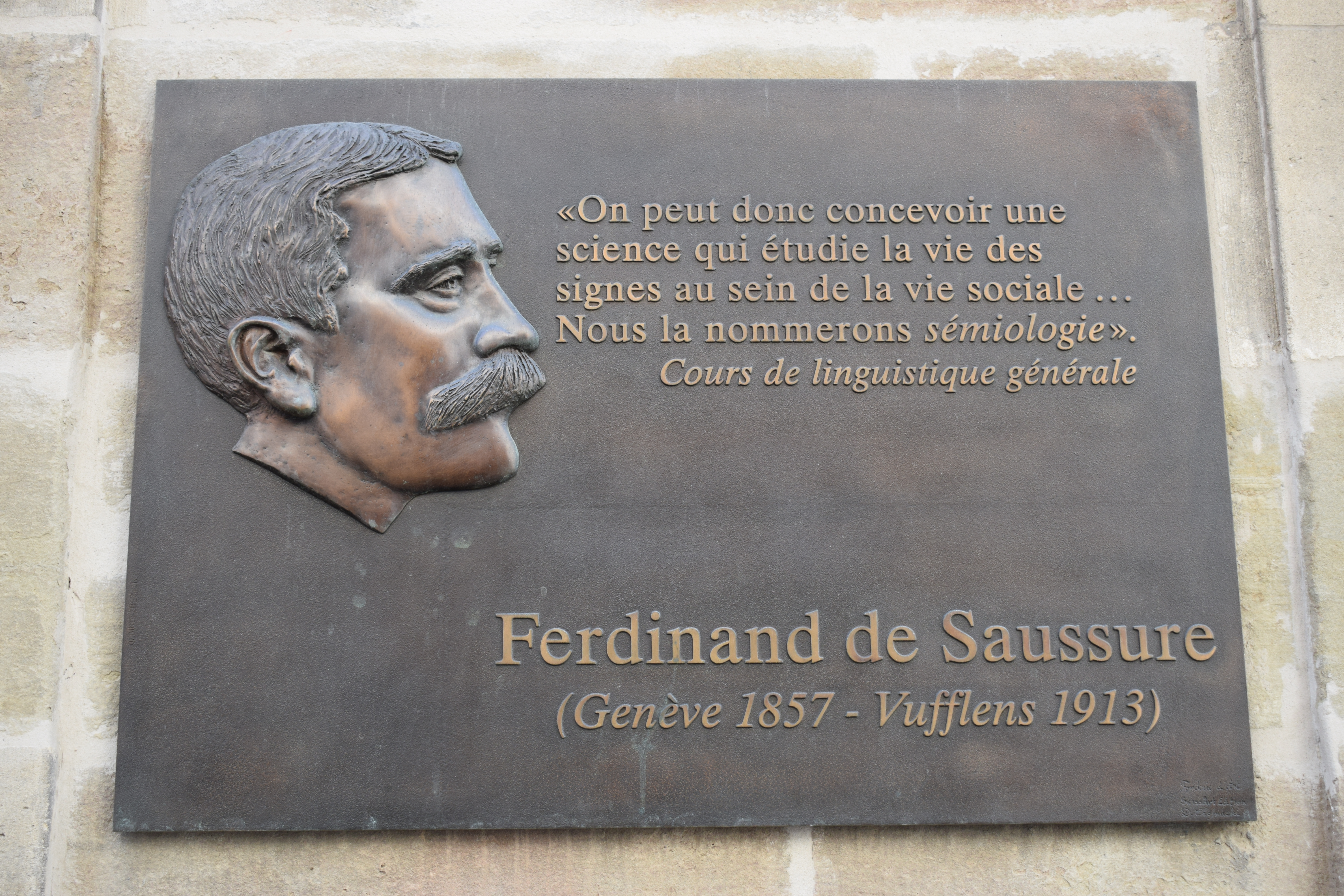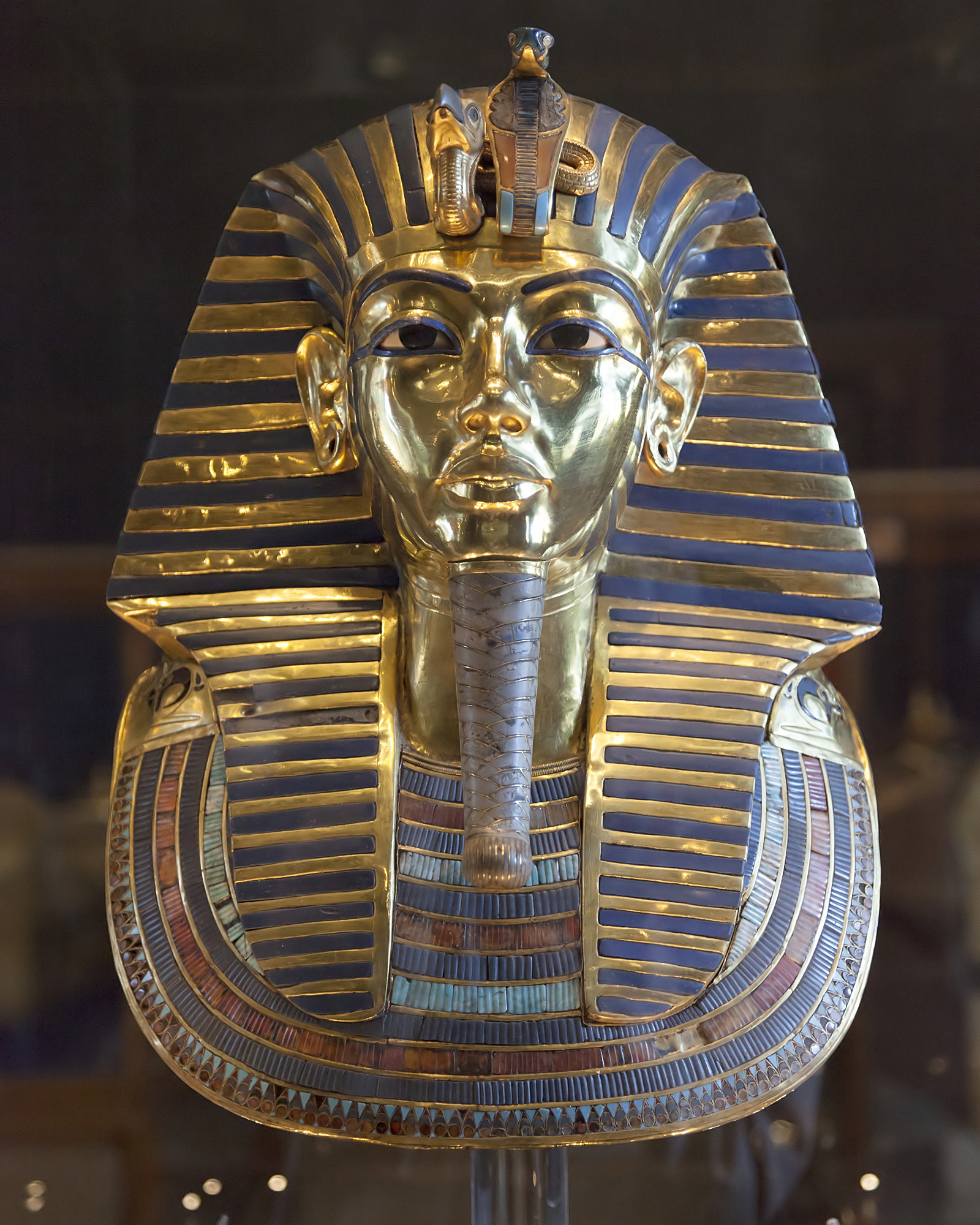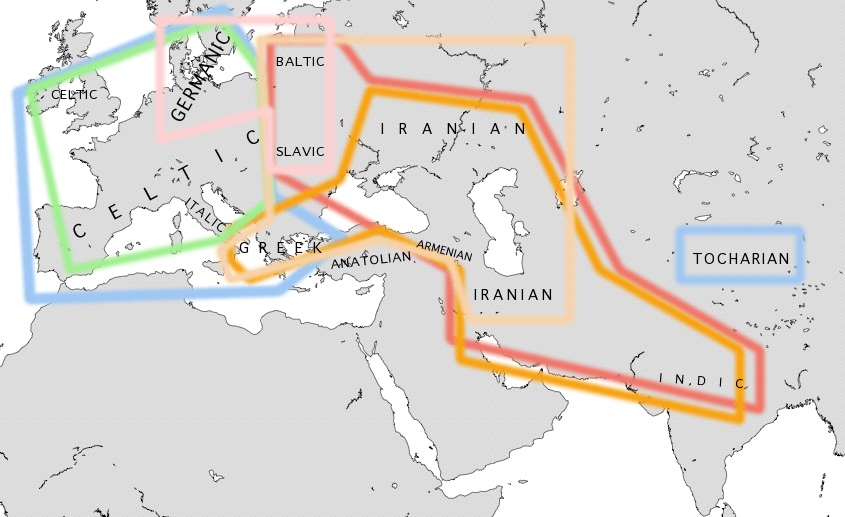|
Jørgen Alexander Knudtzon
Jørgen Alexander Knudtzon (9 September 1854 – 7 January 1917) was a Norwegian linguist and historian. He was a professor of Semitic Languages at the University of Oslo from 1907. Knudtzon was born in Trondheim, the son of consul Hans Nicolay Knudtzon (1814–89) and his wife Catharina (1831–79) ''née'' Trampe. Having finished his secondary education in 1872, he enrolled at the Royal Frederick University in Christiania. After a short spell at the Cathedral School in Trondheim, he returned to Christiania to study Semitic languages, in particular Akkadian, Arabian and Hebrew, the last of which he also gave lectures on. His first scholarly contribution was ''Textkritische Bemerkungen zu Lay 17,18'', which was published in 1882. In the same decade he studied assyriology and theology in Germany on a university stipend. He returned to Norway after only two years, and resumed his Hebrew teaching. In 1889, he took his dr. phil. degree with the thesis ''Det saakaldte Perfe ... [...More Info...] [...Related Items...] OR: [Wikipedia] [Google] [Baidu] |
Kjell Aartun
Kjell Aartun (6 July 1925 – 28 May 2023) was a Norwegian theologian and linguist. He was considered a leading expert on Semitic languages, particularly the Ugaritic language. He was also known for several controversial theories on runic interpretation and the origin of Minoan civilization. Aartun received a government scholarship ( statsstipendiat) in 1983 and received HM The King's Medal of Merit in Gold for his scientific work in 2001. He was a member of the Norwegian Academy of Science and Letters from 1986. Life and career Aartun was born in Sjernarøy on 6 July 1925. He obtained the Cand.theol. degree in 1954, and an additional degree in Greek in 1956. He was a Research Fellow from 1956 to 1961 and a Research Fellow/Lecturer from 1962 to 1965. Aartun was Research Fellow in West Berlin from 1965 to 1968, and Lecturer/Associate Professor at Stavanger lærerhøgskole from 1968 to 1992. He was also a Docent in Jerusalem in 1971, director of the Swedish Theological Institute i ... [...More Info...] [...Related Items...] OR: [Wikipedia] [Google] [Baidu] |
Linguists From Norway
Linguistics is the scientific study of language. The areas of linguistic analysis are syntax (rules governing the structure of sentences), semantics (meaning), morphology (structure of words), phonetics (speech sounds and equivalent gestures in sign languages), phonology (the abstract sound system of a particular language, and analogous systems of sign languages), and pragmatics (how the context of use contributes to meaning). Subdisciplines such as biolinguistics (the study of the biological variables and evolution of language) and psycholinguistics (the study of psychological factors in human language) bridge many of these divisions. Linguistics encompasses many branches and subfields that span both theoretical and practical applications. Theoretical linguistics is concerned with understanding the universal and fundamental nature of language and developing a general theoretical framework for describing it. Applied linguistics seeks to utilize the scientific findings of th ... [...More Info...] [...Related Items...] OR: [Wikipedia] [Google] [Baidu] |
1917 Deaths
Events Below, the events of World War I have the "WWI" prefix. January * January 9 – WWI – Battle of Rafa: The last substantial Ottoman Army garrison on the Sinai Peninsula is captured by the Egyptian Expeditionary Force's Desert Column. * January 10 – Imperial Trans-Antarctic Expedition: Seven survivors of the Ross Sea party are rescued after being stranded for several months. * January 11 – Unknown saboteurs set off the Kingsland Explosion at Kingsland (modern-day Lyndhurst, New Jersey), one of the events leading to United States involvement in WWI. * January 16 – The Danish West Indies is sold to the United States for $25 million (equivalent to $ million in ). * January 22 – WWI: United States President Woodrow Wilson calls for "peace without victory" in Germany. * January 25 – WWI: British armed merchantman is sunk by mines off Lough Swilly (Ireland), with the loss of 354 of the 475 aboard. * January ... [...More Info...] [...Related Items...] OR: [Wikipedia] [Google] [Baidu] |
1854 Births
Events January–March * January 4 – The McDonald Islands are discovered by Captain William McDonald aboard the ''Samarang''. * January 6 – The fictional detective Sherlock Holmes is perhaps born. * January 9 – The Teutonia Männerchor in Pittsburgh is founded to promote German culture. * January 20 – The North Carolina General Assembly in the United States charters the Atlantic and North Carolina Railroad, to run from Goldsboro through New Bern, to the newly created seaport of Morehead City, near Beaufort. * January 21 – The iron clipper runs aground off the east coast of Ireland, on her maiden voyage out of Liverpool, bound for Australia, with the loss of at least 300 out of 650 on board. * February 11 – Major streets are lit by coal gas for the first time by the San Francisco Gas Company; 86 such lamps are turned on this evening in San Francisco, California. * February 13 – Mexican troops force William Walker and his ... [...More Info...] [...Related Items...] OR: [Wikipedia] [Google] [Baidu] |
Akhenaten
Akhenaten (pronounced ), also spelled Akhenaton or Echnaton ( ''ʾŪḫə-nə-yātəy'', , meaning 'Effective for the Aten'), was an ancient Egyptian pharaoh reigning or 1351–1334 BC, the tenth ruler of the Eighteenth Dynasty of Egypt, Eighteenth Dynasty. Before the fifth year of his reign, he was known as Amenhotep IV (, meaning "Amun is satisfied", Hellenized as ''Amenophis IV''). As a pharaoh, Akhenaten is noted for abandoning traditional ancient Egyptian religion of polytheism and introducing Atenism, or worship centered around Aten. The views of Egyptologists differ as to whether the religious policy was absolutely monotheism, monotheistic, or whether it was monolatristic, religious syncretism, syncretistic, or henotheistic. This culture shift away from traditional religion was reversed after his death. Akhenaten's monuments were dismantled and hidden, his statues were destroyed, and his name Damnatio memoriae, excluded from regnal list, lists of rulers compiled by lat ... [...More Info...] [...Related Items...] OR: [Wikipedia] [Google] [Baidu] |
Pharaoh
Pharaoh (, ; Egyptian language, Egyptian: ''wikt:pr ꜥꜣ, pr ꜥꜣ''; Meroitic language, Meroitic: 𐦲𐦤𐦧, ; Biblical Hebrew: ''Parʿō'') was the title of the monarch of ancient Egypt from the First Dynasty of Egypt, First Dynasty () until the Roman Egypt, annexation of Egypt by the Roman Republic in 30 BCE. However, the equivalent Egyptian language, Egyptian word for "king" was the term used most frequently by the ancient Egyptians for their monarchs, regardless of gender, through the middle of the Eighteenth Dynasty during the New Kingdom of Egypt, New Kingdom. The earliest confirmed instances of "pharaoh" used contemporaneously for a ruler were a letter to Akhenaten (reigned –1336 BCE) or an inscription possibly referring to Thutmose III (–1425 BCE). In the early dynasties, ancient Egyptian kings had as many as ancient Egyptian royal titulary, three titles: the Horus name, Horus, the prenomen (Ancient Egypt), Sedge and Bee (wikt:nswt-bjtj, ''nswt-bjtj''), and ... [...More Info...] [...Related Items...] OR: [Wikipedia] [Google] [Baidu] |
Egypt
Egypt ( , ), officially the Arab Republic of Egypt, is a country spanning the Northeast Africa, northeast corner of Africa and Western Asia, southwest corner of Asia via the Sinai Peninsula. It is bordered by the Mediterranean Sea to northern coast of Egypt, the north, the Gaza Strip of Palestine and Israel to Egypt–Israel barrier, the northeast, the Red Sea to the east, Sudan to Egypt–Sudan border, the south, and Libya to Egypt–Libya border, the west; the Gulf of Aqaba in the northeast separates Egypt from Jordan and Saudi Arabia. Cairo is the capital, list of cities and towns in Egypt, largest city, and leading cultural center, while Alexandria is the second-largest city and an important hub of industry and tourism. With over 109 million inhabitants, Egypt is the List of African countries by population, third-most populous country in Africa and List of countries and dependencies by population, 15th-most populated in the world. Egypt has one of the longest histories o ... [...More Info...] [...Related Items...] OR: [Wikipedia] [Google] [Baidu] |
Anatolia
Anatolia (), also known as Asia Minor, is a peninsula in West Asia that makes up the majority of the land area of Turkey. It is the westernmost protrusion of Asia and is geographically bounded by the Mediterranean Sea to the south, the Aegean Sea to the west, the Turkish Straits to the northwest, and the Black Sea to the north. The eastern and southeastern limits have been expanded either to the entirety of Asiatic Turkey or to an imprecise line from the Black Sea to the Gulf of Alexandretta. Topographically, the Sea of Marmara connects the Black Sea with the Aegean Sea through the Bosporus and the Dardanelles, and separates Anatolia from Thrace in Southeast Europe. During the Neolithic, Anatolia was an early centre for the development of farming after it originated in the adjacent Fertile Crescent. Beginning around 9,000 years ago, there was a major migration of Anatolian Neolithic Farmers into Neolithic Europe, Europe, with their descendants coming to dominate the continent a ... [...More Info...] [...Related Items...] OR: [Wikipedia] [Google] [Baidu] |
Arzawa
Arzawa was a region and political entity in Western Anatolia during the Late Bronze Age. In Hittite texts, the term is used to refer both to a particular kingdom and to a loose confederation of states. The chief Arzawan state, whose capital was at Apasa, is often referred to as ''Arzawa Minor'' or ''Arzawa Proper'', while the other Arzawa lands included Mira, Hapalla, Wilusa, and the Seha River Land. Arzawa is known from contemporary texts documenting its political and military relationships with Egypt and the Hittite Empire. The kingdom had a tumultuous relationship with the Hittites, sometimes allied with them but other times opposing them, in particular in concert with Mycenaean Greece which corresponds to Ahhiyawa of the Hittite sources. During the Amarna Period, Arzawa had achieved sufficient independence that Egypt opened direct diplomatic relations, addressing the Arzawan king Tarhuntaradu as "great king", a title reserved for peers. However, the kingdom was fully ... [...More Info...] [...Related Items...] OR: [Wikipedia] [Google] [Baidu] |
Indo-European Languages
The Indo-European languages are a language family native to the northern Indian subcontinent, most of Europe, and the Iranian plateau with additional native branches found in regions such as Sri Lanka, the Maldives, parts of Central Asia (e.g., Tajikistan and Afghanistan), Armenia, and areas of southern India. Historically, Indo-European languages were also spoken in Anatolia. Some European languages of this family—English language, English, French language, French, Portuguese language, Portuguese, Russian language, Russian, Spanish language, Spanish, and Dutch language, Dutch—have expanded through colonialism in the modern period and are now spoken across several continents. The Indo-European family is divided into several branches or sub-families, including Albanian language, Albanian, Armenian language, Armenian, Balto-Slavic, Celtic languages, Celtic, Germanic languages, Germanic, Hellenic languages, Hellenic, Indo-Iranian languages, Indo-Iranian, and Italic languages, ... [...More Info...] [...Related Items...] OR: [Wikipedia] [Google] [Baidu] |







